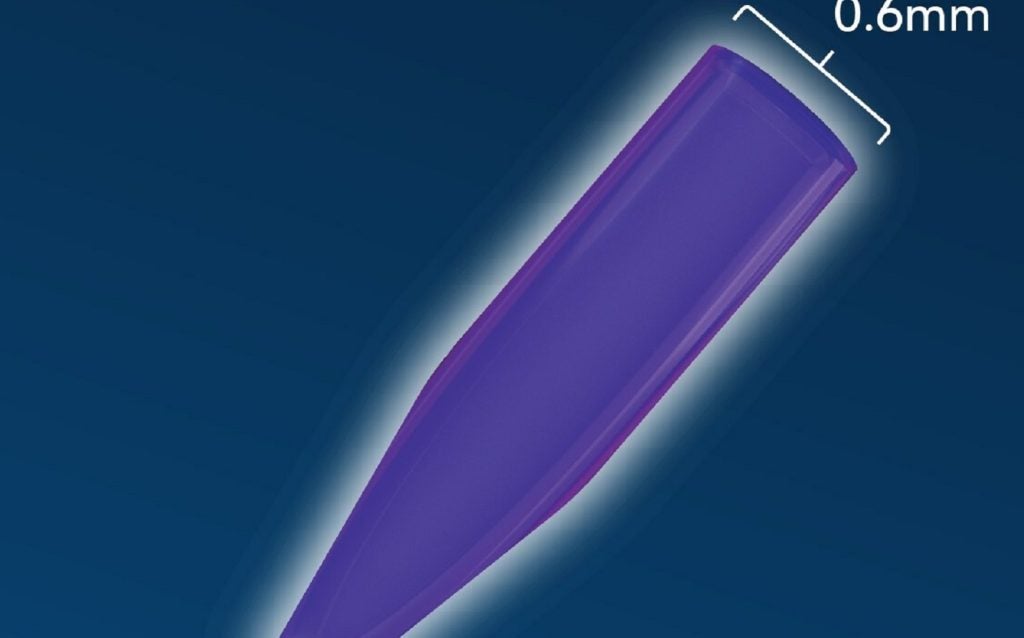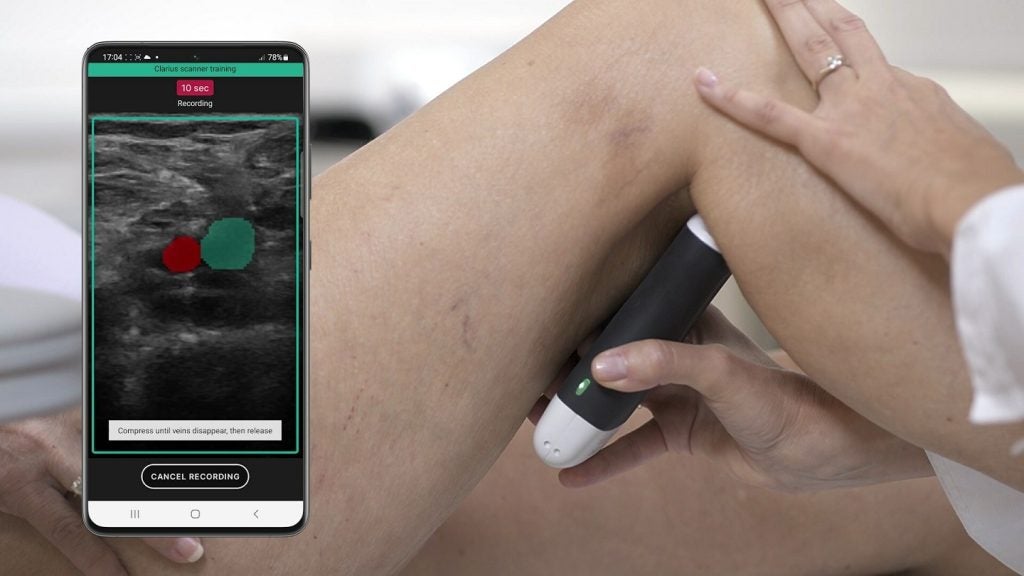
The European medical devices market has, in recent years, seen an increase in the quality of devices and components manufactured in Asia. Formerly, products from Asia were usually commodity items, such as drapes and gowns or single-use surgical devices. However, there is increasing acceptance of more complex devices manufactured outside the EU and the USA.
Devices manufactured in Asia are generally cheaper than those produced elsewhere. And provided these devices meet quality requirements and international standards, they are highly attractive to an increasing number of healthcare providers struggling to contain costs and facing tightening budgetary restraints. The threat from Asia is no longer in the future. It is here and now.
ASIAN ATTRACTION
Medical device manufacturers based in Europe are currently running the risk of losing increasing market share to those based in Asia. Some European companies have, however, assessed this threat and turned it into an opportunity. More and more companies are moving certain aspects of their business to Asia to take advantage of lower operating costs. One disadvantage of manufacturing in Asia is that distribution costs to the European market are higher. However, the significantly lower overheads and wage levels in Asia more than compensate for this.
For European medical device companies, another advantage of relocating manufacturing to Asia is that it puts them in an ideal location to penetrate the vastly underdeveloped Asian medical devices market, while also keeping product prices closer to those typical of the region. Manufacturing devices in the Asian market would also eradicate many challenges European companies face in importing devices manufactured in Europe into Asia, usually due to differences in language and culture. Provided the correct cultural and linguistic mix of staff is employed, these differences should not pose difficulties when selling Asian manufactured devices in the European market.
See Also:
Despite the advantages to be gained by relocating manufacturing to Asia, many companies still feel that moving their entire manufacturing facility to Asia is too big a gamble, yet they are keen to capitalise on reduced labour costs and the highly skilled, dedicated workforce that Asia has to offer. Labour expenses in Asia are significantly lower that those in Europe because there is a distinct lack of unions, while in many countries there is no minimum wage or it is astonishingly low compared with western European countries – the lack of union presence means that this situation is unlikely to change soon. It is understood that in India and China the minimum wage is around $0.10 per hour, and baseline increases are unlikely.
How well do you really know your competitors?
Access the most comprehensive Company Profiles on the market, powered by GlobalData. Save hours of research. Gain competitive edge.

Thank you!
Your download email will arrive shortly
Not ready to buy yet? Download a free sample
We are confident about the unique quality of our Company Profiles. However, we want you to make the most beneficial decision for your business, so we offer a free sample that you can download by submitting the below form
By GlobalDataOUTSOURCING ISSUES
It is common practice for European medical device manufacturers to source components from Asia and ship them to Europe to be assembled into European-manufactured products. Component outsourcing from Asia is a proven business strategy to reduce costs. The natural progression from this is to source an increasing number of components from lower-cost areas such as Asia. However, companies need to consider the fact that the more components they source from outside Europe the more they will have to spend on shipping these parts. This is when manufacturing a product in the same location as its components becomes a highly attractive business strategy, as it is cheaper to ship a single manufactured device than a number of individual components.
Of course, European companies could decide that a complete relocation is not within their capabilities or overall business plan. They would do well, however, not to miss the opportunity to partner with established Asian medical device manufacturers – or manufacturers in general. With such an alliance, the European company could benefit from increased negotiating power over materials and find sourcing simpler and less time-consuming.
Medical device companies deciding to outsource manufacturing to a company based in Asia will face many challenges, the most serious of which is protecting their intellectual property. By patenting a design or idea, intellectual property can be secured against illegal copying to some degree. However, global patents do not exist, so while a company might be able to protect its intellectual property in Europe, this may not be possible in Asia, where the design can be freely copied.
In Asia, Contract Research Organisations (CROs), which are effectively R&D outsourcing companies, are introducing intellectual property standards to instil confidence within the foreign investment community that their intellectual property will be protected, and to stimulate interest in outsourcing R&D and manufacturing to Asia. It would be easy for a high-volume Asian manufacturer to duplicate the design of a medical device and release a cheaper version on the market. For this reason, European medical device companies must be clear with potential manufacturing partners about the importance of intellectual property protection and do business with only those who understand this.
A further point that needs to be considered is that for a device to be sold into the EU it must carry the Conformité Européene Mark (CE Mark), even when it is manufactured outside the region. The Asian market currently has no equivalent to the CE mark. However, there is increasing adherence to manufacturing standards set by the International Organization for Standardization (ISO) and to the Good Manufacturing Practice (GMP) regulations.
While the vast numbers of contract manufacturers in Asia pose a challenge, they also offer opportunities. European companies seeking manufacturing partners in Asia have a wide range to select from. There are thought to be thousands of contract manufacturers in the Pearl River delta alone, many of which started out manufacturing commodity fabric products or consumer electronics. As the profit margins for these types of product have been eaten away, due to increased price pressure from consumers, these contract manufacturers are looking to produce products for commercial sectors where the margins are higher.
Of course, the huge number of contract manufacturers in China has a downside: at any point they could come together and manufacture high-quality devices at high volume and low-cost. Fortunately for the Europeans, many Asian manufacturing facilities are accustomed to producing high volumes of low-value commodity items and sometimes find it difficult to shift from their normal production pattern to manufacturing a smaller quantity of more complex devices requiring higher levels of accuracy.
HUGE POTENTIAL
Asian governments are striving to improve standards of healthcare as GDP levels across the continent increase, and this has encouraged higher levels of public expectations from healthcare provision, so that more Asian consumers are demanding medical devices that comply with international standards and regulations. This means that medical devices manufactured in Asia for the domestic market will increasingly be acceptable in the wider global healthcare market. China and India are thought to have the capability to provide European medical device manufacturing companies with the means to achieve continued high-quality production at a lower cost.
With the largest population in the world, China has no shortage of potential employees. It is estimated that in 2005 China’s population was more than 1.30 billion, of which over 70% were of working age (15 to 65 years of age). In 2003 the labour force was estimated at 760.8 million people. With a GDP growth rate of almost 10%, China has huge potential for foreign investment.
In 2005 the population of India was estimated at 1.08 billion, of which just less that 65% where between the ages of 15 and 65 years. In 2004 the labour force was thought to be 482.2 million. The GDP growth for India in 2004 was 6.2%. However, it is anticipated that this figure will have risen to over 10% by the end of 2006, outstripping the growth rate of China.
In terms of medical devices, the sheer size of China’s population means that market revenue for both foreign and domestic sales in the country in 2004 was around $3.5bn, compared with $2bn for India. While the Indian medical devices market has seen moderate growth since 2000, China is still experiencing high growth in increasingly technical segments of the medical devices sector. For many years, China has been operating high-tech industries, and the expertise and experience it has gained is spilling over into the medical devices field, improving the quality and sophistication of Chinese products.
GROWING CONFIDENCE
More and more sophisticated Western machinery is being used in Asia to produce high-volume, quality medical devices for sale in world markets. Historically, Asian products where only sold in either the domestic market or at very low cost in counties where lower-quality products were acceptable. However, the improved quality of Asian medical devices has increased the confidence of foreign companies in the capabilities of lower-cost Asian manufacturers.
The trend towards outsourcing medical device manufacturing to Asia is gaining momentum, and importing and exporting have become less complicated. Import tariffs have been falling since 2003, and the average tariff has dropped now from 6.5% to 4%, encouraging increased trade between Asia and Europe.
Special economic zones (SEZs) offering tax reductions have been set up by the Chinese Government to encourage foreign companies to establish their businesses in the region. Presently, the medical devices industry is mainly located in the eastern cities of China, such as Beijing, Guangzhou, Shanghai and Tianjin. It is thought that more than 200 medical device companies across the globe with headquarters outside China now have operations in China.
While China has taken the high-tech route to growth, India has traditionally been associated with the successful manufacture of low-value consumables, such as surgical syringes and gloves. The Indian workforce is highly skilled, and in general it has a better command of English than the Chinese workforce. Much of the Indian manufacturing industry now conforms with ISO and GMP standards to attract interest from medical device companies wanting to outsource to India. In 2005 it was estimated that over 200 manufacturing facilities in India had met GMP requirements.
Following in China’s footsteps, the Indian Government is planning SEZs, to allow foreign companies to enter the manufacturing market in India with the benefit of tax breaks. At the same time, an intellectual property protection initiative in the Indian medical devices market is moving towards a patent protection system, and the Trade-Related Intellectual Property Rights Agreement is now to be observed in India. Under the new regime, all new products will hold patents in India.
These measures are likely to establish increased levels of confidence in the preservation of intellectual property when production is outsourced to India. It is only a matter of time before China follows suit. This would mean that a European medical device company’s most serious challenge when outsourcing manufacturing to Asia could be eradicated for good.







